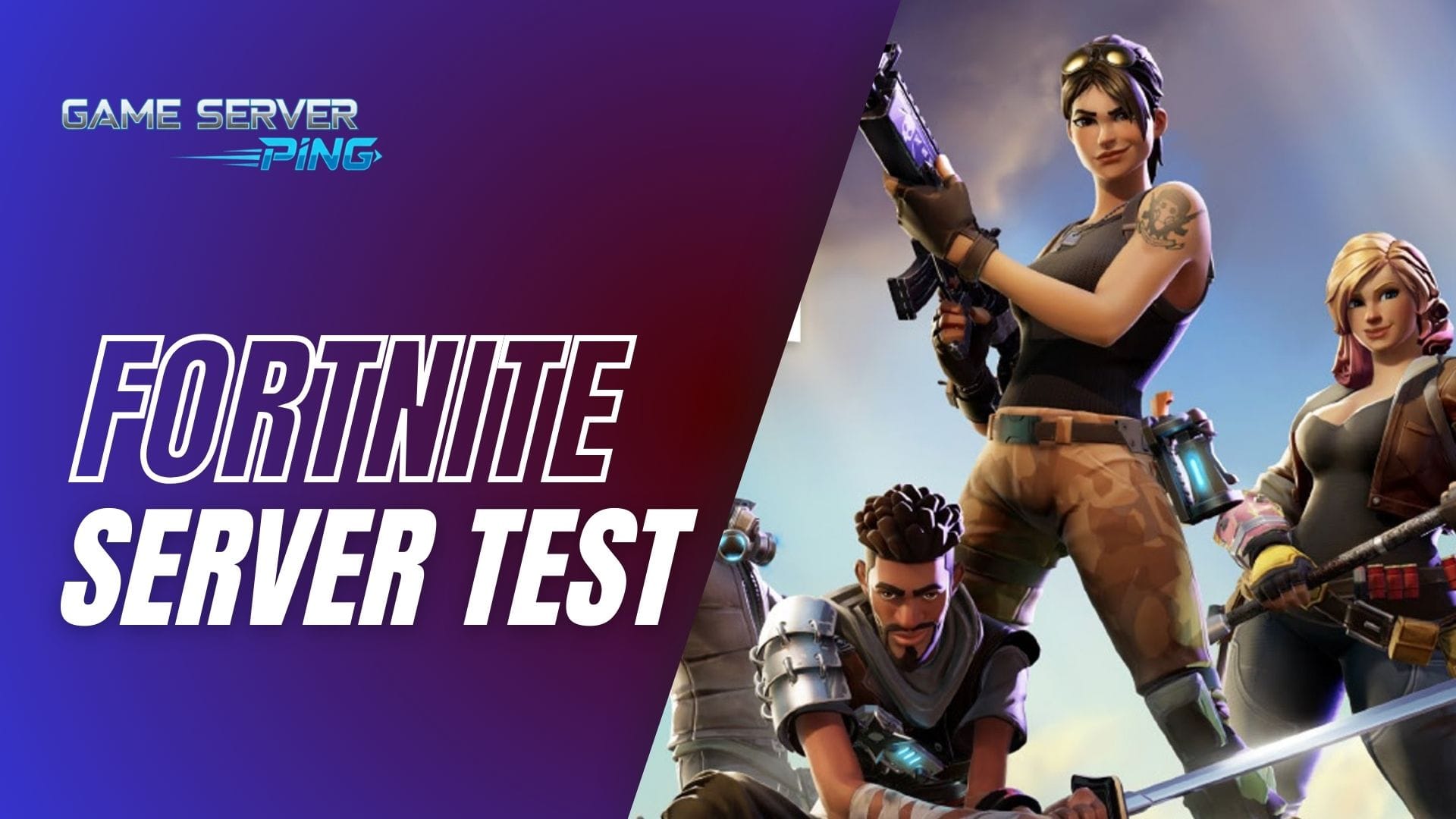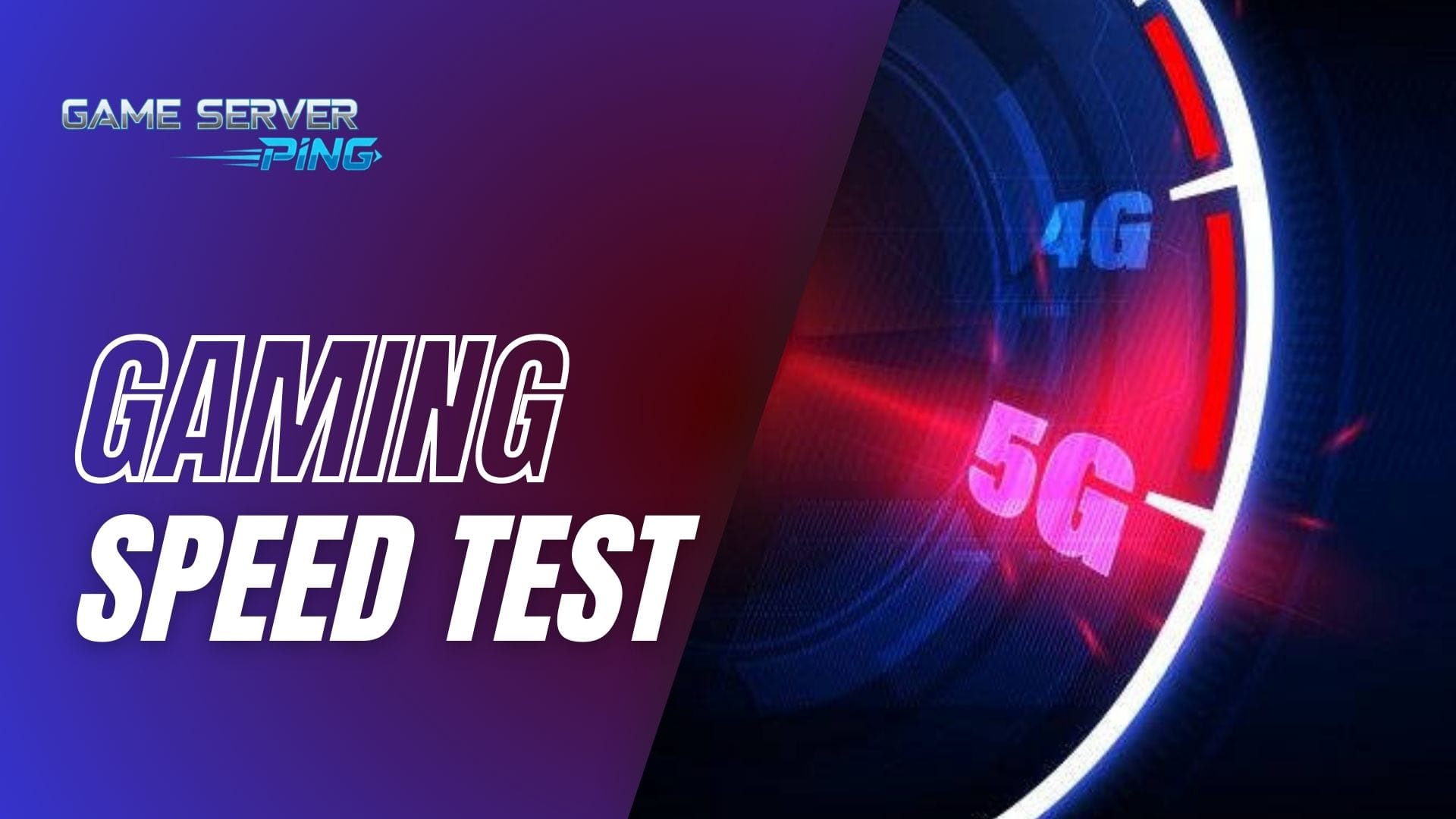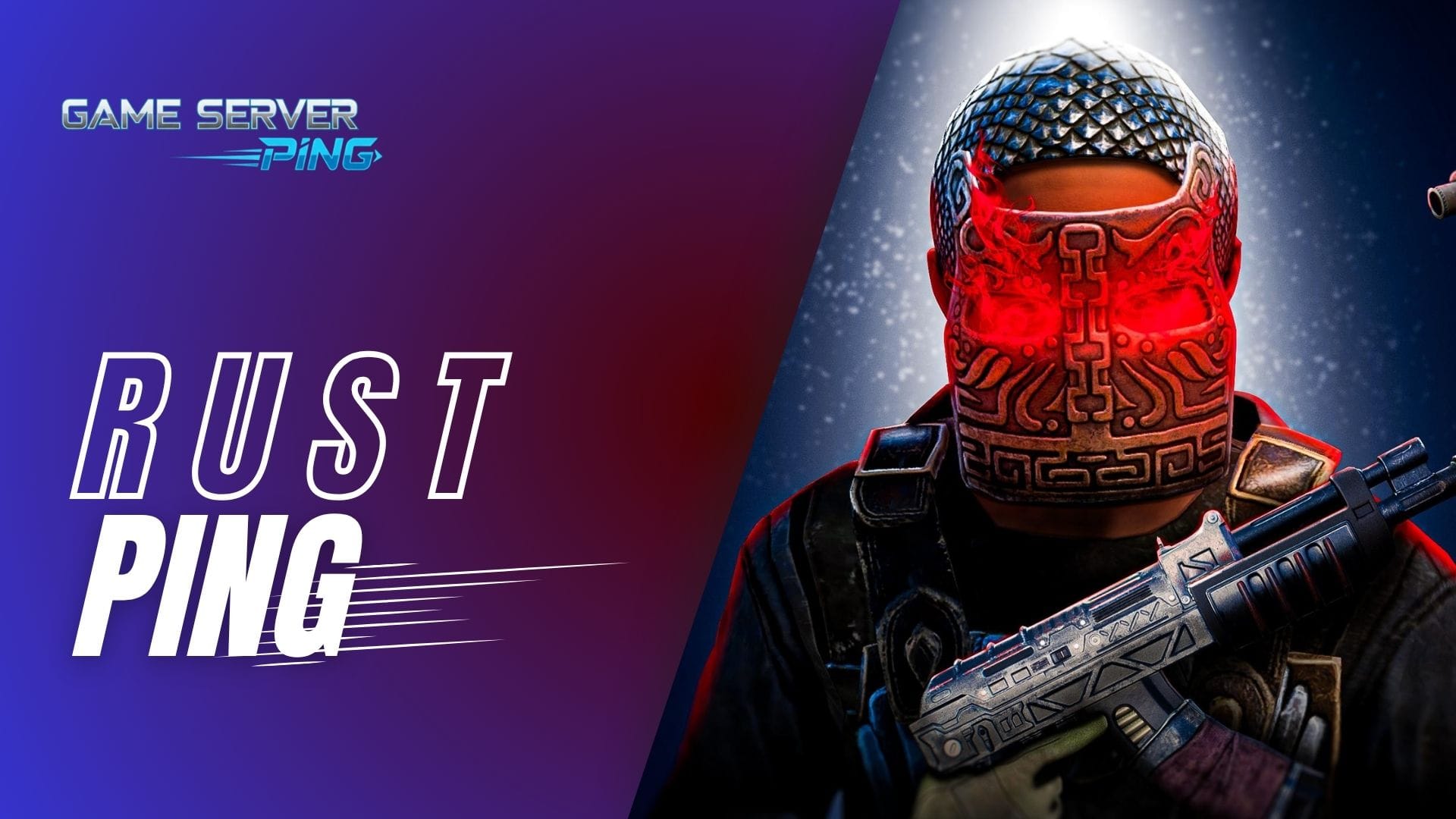Now Reading: Check Fortnite Server Status Live – All 16 Regions
- 01
Check Fortnite Server Status Live – All 16 Regions

Check Fortnite Server Status Live – All 16 Regions
If you’ve played Fortnite for any length of time, you know how often players type into Google, “Is the Fortnite server down?” or “Why is Fortnite server not responding?” Every season brings new updates, new patches, and occasionally server issues that leave players stranded in the lobby.
When that happens, it’s not just a minor inconvenience—it can disrupt tournaments, casual matches, and even creative mode sessions with friends. This constant uncertainty is why the search term Fortnite server status has become a daily ritual for millions of players around the world.
What This Server Status Tool Offers at a Glance
Instead of endlessly refreshing Twitter or Epic Games’ official status page, this free Fortnite Server Status tool gives you a real-time look at whether servers are online, offline, or experiencing problems. The tool checks multiple server regions—from NA East and NA Central to Europe, Asia, Oceania, and beyond—and displays live results like ping time, average latency, and jitter stability. By sorting servers automatically, it even highlights the “best server” for your connection, giving you a quick answer to the most important question: Where will I get the smoothest Fortnite experience right now?
For players who’ve ever felt like their internet speed is fine but Fortnite still lags, this type of live tool can be more insightful than a generic speed test. In fact, guides like 10 Reasons Why Fortnite Ping Is High but Internet Speed Is Good show that the problem often lies with how game servers respond, not just your local internet provider.
Check Fortnite Server Status Live Now
Fortnite Server Status
Use this free Fortnite Server Status tool to check if Fortnite servers are online along with ping, average latency, and jitter across global regions including North America, Europe, Asia, South America, Middle East, and Oceania.
 NA East (Virginia)Checking...Ping: -- ms
NA East (Virginia)Checking...Ping: -- ms NA Central (Ohio/Chicago)Checking...Ping: -- ms
NA Central (Ohio/Chicago)Checking...Ping: -- ms NA West (California)Checking...Ping: -- ms
NA West (California)Checking...Ping: -- ms NA Northwest (Oregon)Checking...Ping: -- ms
NA Northwest (Oregon)Checking...Ping: -- ms EU West (Dublin)Checking...Ping: -- ms
EU West (Dublin)Checking...Ping: -- ms EU West (Paris)Checking...Ping: -- ms
EU West (Paris)Checking...Ping: -- ms EU Central (Frankfurt)Checking...Ping: -- ms
EU Central (Frankfurt)Checking...Ping: -- ms EU North (Stockholm)Checking...Ping: -- ms
EU North (Stockholm)Checking...Ping: -- ms South America (São Paulo)Checking...Ping: -- ms
South America (São Paulo)Checking...Ping: -- ms Asia (Tokyo)Checking...Ping: -- ms
Asia (Tokyo)Checking...Ping: -- ms Asia (Seoul)Checking...Ping: -- ms
Asia (Seoul)Checking...Ping: -- ms SEA (Singapore)Checking...Ping: -- ms
SEA (Singapore)Checking...Ping: -- ms Oceania (Sydney)Checking...Ping: -- ms
Oceania (Sydney)Checking...Ping: -- ms India (Mumbai)Checking...Ping: -- ms
India (Mumbai)Checking...Ping: -- ms Middle East (Bahrain)Checking...Ping: -- ms
Middle East (Bahrain)Checking...Ping: -- ms Asia (Hong Kong)Checking...Ping: -- ms
Asia (Hong Kong)Checking...Ping: -- ms
Difference Between Checking Fortnite Downtime and Using This Live Tool
There’s an important distinction between scheduled downtime and live server monitoring. Epic Games often takes Fortnite servers offline for maintenance or seasonal updates—these are announced in advance and can last several hours. That’s classic Fortnite server downtime. But other times, players experience random connection drops, servers not responding, or higher-than-normal latency without any official warning.
This is where the live tool shines. By running region-by-region checks, it helps you confirm whether the issue is on Fortnite’s side or your own connection. For example, if NA East shows “offline” but EU Central is still online, you’ll know it’s a regional server issue rather than your internet. And if everything looks good on the server side, you might want to run an internet speed test for online gaming to troubleshoot locally.
This kind of clarity prevents unnecessary frustration. It saves you from assuming the entire game is broken when, in reality, only one region is down—or vice versa. And for those moments when Fortnite feels laggy during gameplay, such as the infamous lag when breaking trees, this server check tool provides a valuable first step in separating actual server-side issues from in-game mechanics.
How the Fortnite Server Status Tool Works
Quick Overview of the Code Behind the Tool (Non-Technical Explanation)
At its core, the Fortnite Server Status tool is powered by a simple yet effective script that runs constant checks on official Fortnite server endpoints across the globe. Think of it like an automatic “ping test” that communicates directly with servers in North America, Europe, Asia, Oceania, South America, the Middle East, and India. Instead of you needing to type commands or refresh pages manually, the tool quietly does the heavy lifting in the background and translates the results into an easy-to-read format.
The interface shows each server by name and location, alongside the country flag for quick recognition. For example, NA East (Virginia) is marked with the U.S. flag, while EU Central (Frankfurt) displays Germany’s flag. This design makes it instantly clear which region is being checked and whether it’s performing well or not.
Real-Time Updates vs. Manual Refresh – How Data Gets Displayed
Unlike many websites where you need to refresh the page to get updated information, this tool automatically rechecks Fortnite servers every few seconds. The results update in real time, ensuring that if a server suddenly goes down, you’ll see it reflected almost immediately.
- Real-time updates: The tool cycles through each listed server, sending small requests to see if they respond. If a server is healthy, you’ll see “Online” along with its ping time in milliseconds.
- Automatic sorting: Once all servers are checked, the tool automatically rearranges the list so the lowest-ping server appears first, giving you an instant snapshot of the best-performing server for your connection.
- Manual-free process: Since updates are continuous, players don’t need to manually hit refresh. You can simply leave the tool open while you play or troubleshoot, and it will keep you informed.
This real-time nature sets it apart from Epic Games’ official server page, which often only lists broad server outages. Here, you’re not just seeing “Fortnite servers down,” but specifically which server is affected and how it compares to others.
Understanding Server Labels: Online, Offline, and Best Server Highlight
To make the results easy to interpret, the tool uses simple server status labels:
- Online (Green) – The server is active, responding properly, and providing ping results.
- Offline (Red) – The server is down, not responding, or unavailable in that region.
- Best Server (Highlighted) – The tool automatically marks the server with the lowest ping as the “best server” for your connection, making it easy to know where you’ll get the smoothest gameplay.
Alongside these labels, you’ll also see supporting metrics like average ping and jitter stability. While these aren’t meant to be deeply technical, they give you enough insight to spot whether your connection will be stable or shaky in a match. For instance, you might see two servers both listed as online, but the one with lower jitter will almost always feel smoother during building, editing, or aiming battles.
Key Metrics Displayed in the Tool
Live Server Status (Online / Offline)
The first thing most players want to know is whether a server is up or down, and this tool makes that answer immediate. Each listed region shows a clear status indicator: Online if the server is active and responding, or Offline if it’s unavailable. This is especially useful during unexpected disruptions, when players ask, “Is the Fortnite server down?” Instead of guessing, you can see the exact status in real time. If one region shows “offline” while another remains online, you’ll know instantly that the issue is limited to a specific location rather than a full game-wide outage.
Ping Test Results (ms)
Ping is displayed right next to each server’s name in milliseconds (ms). This number represents how quickly your connection can communicate with the Fortnite server. Lower numbers generally mean smoother gameplay. For example, if NA East shows 40 ms while EU Central shows 120 ms, you’ll know NA East will give you a much more responsive experience. The tool continuously updates these ping readings, so if a server suddenly slows down, you’ll see the spike reflected right away.
Also Check Your Fortnite Ping Test Live Before going into your game.
Average Latency Over Time
Instead of just giving you a single ping number, the tool tracks results across multiple checks and calculates an average latency. This prevents misleading results that come from one-off spikes. If your ping to Asia (Tokyo) bounces between 80 ms and 160 ms, the tool will show you a reliable average to help judge stability. This way, you can spot whether a server is consistently good or just performing well for a moment.
Jitter and Stability Score Explained (Without Going Too Technical)
Beyond ping and average latency, the tool also displays a simple measure of jitter—the fluctuation in your ping times. A stable connection means your latency stays close to the same value, while high jitter indicates constant swings that can cause stutter or delayed builds in Fortnite.
To make it easier, the tool translates these numbers into color-coded stability labels:
- Green (Stable) – Expect smooth gameplay.
- Yellow/Orange (Moderate Issues) – Playable, but you may notice small delays.
- Red (Unstable) – High risk of lag, stutter, and server sync issues.
This approach ensures that even without deep technical knowledge, players can understand whether their chosen server will provide a stable match or not. By combining status, ping, average latency, and stability, the tool gives a complete picture of Fortnite server health in one glance.
Fortnite Server Locations Covered
The tool monitors Fortnite’s official servers across every major region, making it easier for players to choose the best one based on their location. If you’re close to one of these servers, you’ll usually get the lowest ping and the most stable gameplay. Below is a breakdown of the available servers and some suggestions on which one might be best for you depending on where you live.
North America (NA East, NA Central, NA West, NA Northwest)
- NA East (Virginia) – Best for players in the eastern U.S. and eastern Canada.
- NA Central (Dallas, Texas) – Designed for a balanced experience across the U.S. and parts of Mexico.
- NA West (California) – Ideal for the western U.S., Canada (Vancouver area), and parts of Mexico.
- NA Northwest – Helpful for players in the Pacific Northwest and Alaska.
Tip: If you’re in the U.S. or Canada, always pick the server closest to your coast or central region for the smoothest matches.
Europe (Dublin, Paris, Frankfurt, Stockholm)
- Dublin (Ireland) – Great for players in the UK and Ireland.
- Paris (France) – Covers France, Spain, and nearby regions.
- Frankfurt (Germany) – One of the most popular servers, serving Central and Eastern Europe.
- Stockholm (Sweden) – The best option for Scandinavia and Northern Europe.
Tip: European players should test both Frankfurt and Paris if they’re in Central Europe, since both often give excellent latency.
Asia (Tokyo, Seoul, Singapore, Hong Kong)
- Tokyo (Japan) – Best for Japan and surrounding regions.
- Seoul (South Korea) – Perfect for South Korea and parts of eastern China.
- Singapore – Covers Southeast Asia, including Malaysia, Indonesia, Thailand, and the Philippines.
- Hong Kong – A solid option for southern China and nearby countries.
Tip: Players in Southeast Asia should compare Singapore and Hong Kong for stability, while those in East Asia should check Tokyo and Seoul.
Oceania (Sydney)
- Sydney (Australia) – Serves Australia and New Zealand.
Tip: If you’re in Oceania, Sydney is almost always the best choice, though players in the Pacific Islands may still see higher ping due to distance.
South America (São Paulo)
- São Paulo (Brazil) – Covers Brazil, Argentina, Chile, and most of South America.
Tip: If you’re anywhere in South America, São Paulo will usually be your best bet.
Middle East (Bahrain)
- Bahrain – Supports players in the Middle East, including Saudi Arabia, UAE, and surrounding countries.
Tip: This server dramatically reduces ping for Middle Eastern players who used to connect to European servers before Bahrain was introduced.
India (Mumbai)
- Mumbai – Best for players in India, Pakistan, Bangladesh, Nepal, and nearby regions.
Tip: If you’re in South Asia, Mumbai will give you far better latency than connecting to Singapore or Middle East servers.
Why Server Location Matters for Players
The server you connect to in Fortnite can completely change how the game feels. Even a difference of 20–30 milliseconds in ping can decide whether your build places in time or your shot registers first. That’s why players often debate which region is “best” for competition and why Epic Games has strategically placed servers worldwide. Let’s break down some of the most important regions and the role their servers play.
How NA East and NA Central Became Competitive Hotspots
For years, NA East was considered the most competitive Fortnite region. Based in Virginia, it offered excellent connectivity for players along the East Coast and even many in Canada. Pro players flocked there, which made tournaments and scrims incredibly stacked.
With the introduction of the NA Central server in Dallas, Texas, Epic tried to balance gameplay across North America. This server reduced the ping gap between east and west players, giving more fairness in competitions. Now, many top players split time between NA East and NA Central, depending on which feels smoother for them.
The Role of the New Fortnite Iowa Server in NA Performance
Epic quietly added a Fortnite server in Iowa, and it’s been a game-changer for players in the Midwest. Instead of choosing between NA East or NA Central, Midwest players now get their own “sweet spot” server, leading to much lower latency. This addition also helped stabilize matchmaking, since fewer players are forced to connect to distant servers. For pros and casual players alike, this Iowa hub has made competitive matches fairer and gameplay more consistent.
Comparing EU Central vs EU West – Which Feels Faster?
Europe is spoiled with options like Frankfurt (EU Central) and Paris (EU West). Both are high-performance servers, but the best choice often comes down to where you live.
- Players in Germany, Austria, and Eastern Europe usually get the best results from Frankfurt.
- Players in France, Spain, and the UK often prefer Paris.
Interestingly, some pros test both servers before big tournaments since even a tiny difference in latency can feel huge in high-pressure situations.
Common Issues with South America and Oceania Connections
Regions like South America (São Paulo) and Oceania (Sydney) face unique challenges. While these servers reduce ping compared to connecting overseas, players still struggle with:
- High population density on one server – For example, nearly all South American players connect to São Paulo, so downtime hits harder.
- Geographical distance – Oceania players outside Australia (like those in New Zealand or the Pacific Islands) still face unavoidable latency.
- Routing problems – Some ISPs don’t have the best peering routes, which can cause spikes even if the server itself is stable.
For players in these regions, knowing when server issues are happening — and when to test alternatives — is key to keeping gameplay smooth.
Identifying Common Fortnite Server Issues
Even though Fortnite servers are built to handle millions of players, issues still happen. Sometimes they’re planned, like scheduled maintenance, while other times they catch players by surprise. Knowing how to identify these problems in the Fortnite server status tool can save you time and frustration.
Fortnite Server Downtime and Maintenance Schedules
Epic Games often takes servers offline for scheduled maintenance when a new season, update, or patch is released. During this time, the status tool will clearly show servers as “Offline.” This isn’t an error on your end — it just means Epic is rolling out changes. If you see downtime happening, check whether there’s a new update, since this usually signals a patch release.
Server Not Responding: What It Means in This Tool
Sometimes, you’ll see a server labeled as “Not Responding” in the tool. This doesn’t always mean the server is permanently offline. Instead, it usually points to:
- A temporary communication issue
- A heavy load on the server
- Or your connection struggling to reach it
If it persists across multiple servers, it may be a wider Fortnite issue rather than your own internet connection.
Fortnite Server Problems on Xbox One and PS4 Players
Console players often experience server-specific issues. For example:
- Xbox One users sometimes report “Login Failed” messages when servers are busy.
- PS4 players occasionally face matchmaking delays during peak hours.
These problems usually aren’t tied to the console itself, but to how Fortnite servers manage crossplay and large player queues. Using the status tool helps you confirm if the issue is widespread or just limited to your platform.
Why Fortnite Servers Go Down Unexpectedly
While planned downtime is announced, unexpected outages can strike without warning. Common causes include:
- Sudden surges in player traffic (e.g., during live events)
- Technical glitches in matchmaking or login services
- DDoS attacks or network-related security issues
In these cases, the server status tool is the quickest way to verify if the outage is real — so you don’t waste time troubleshooting your own device or connection.
Platform-Specific Fortnite Server Concerns
While Fortnite runs on nearly every platform, server-related issues don’t always look the same across PC, console, and mobile. Each platform has its own quirks, and understanding them helps players figure out whether it’s a server-wide issue or something specific to their setup.
Fortnite Server Issues on PC Players
PC players usually enjoy the fastest updates and most stable performance, but they also notice problems sooner. Common reports include:
- Sudden login errors after big patches when servers are overloaded
- Packet loss or ping spikes during competitive matches
- Regional matchmaking delays, especially when testing different servers
Since PCs connect directly without console network restrictions, players often confirm server instability faster using tools like live ping tests.
Fortnite Xbox One Server Issues – What Players Report Most
Xbox One users often run into:
- “Login failed” messages during server congestion
- Delayed matchmaking queues when crossplay lobbies are overloaded
- Rare cases where Xbox Live service issues interfere with Fortnite connectivity
The server status tool helps Xbox players see if the issue is on Fortnite’s end or tied to Microsoft’s Xbox Live network.
Fortnite Server Issues on PS4
PS4 players face similar problems to Xbox, but with a few platform-specific twists:
- Slow matchmaking times during peak hours
- “Unable to connect to server” errors when PSN has outages
- Frame drops or stuttering that feel like server lag, but sometimes stem from console performance
Checking the server tool alongside PSN status can quickly confirm whether the lag is server-related or console-specific.
Mobile Players and Cross-Platform Matchmaking Impact
Mobile Fortnite players (on supported devices) often have the toughest time since their gameplay depends on both server stability and device performance. Issues include:
- High ping when competing against PC and console players on crossplay
- Extra strain on connections when switching from Wi-Fi to mobile data
- Regional restrictions where some servers may not be available at all
Because cross-platform matchmaking blends players across devices, mobile users sometimes feel disadvantaged when servers are unstable — even if other platforms handle the same server without major lag.
Community & Support Resources
When Fortnite servers act up, players don’t just rely on tools — they turn to the community. From official announcements to Discord alerts and competitive groups, there are plenty of ways to stay informed. These resources not only confirm server issues but also help players share quick fixes and updates in real time.
Checking Official Epic Games Status Updates
Epic Games runs an official status page where players can check if login, matchmaking, or game services are down. Updates are usually posted quickly during major outages or scheduled maintenance. While reliable, the page can sometimes lag behind what players are already experiencing in-game. That’s why many players combine it with community-driven sources.
Using Discord for Real-Time Fortnite Server Alerts
Fortnite-related Discord servers are often faster than official channels at reporting downtime. Players immediately share when they can’t log in, so you’ll see dozens of reports within minutes of an issue starting. Some Discords even have automated bots that pull in Epic’s updates, giving you the best of both worlds — instant community feedback and official data.
How Competitive Communities Monitor Fortnite Server Problems
Competitive players are some of the most active when it comes to server tracking. Pro scrim groups, Twitter lists, and Reddit threads light up as soon as a region starts lagging or matchmaking fails. These groups often:
- Compare ping results across different servers
- Share which regions feel more stable for practice
- Track patterns during tournaments or events
If you want deeper insight beyond “up or down,” competitive communities are the place to watch.
Why Players Still Search “Is the Fortnite Server Down?” Despite Tools
Even with status pages, Discord alerts, and live monitoring tools, players still type “Is Fortnite down?” into Google every single day. Why? Because:
- Sometimes the issue is only regional, so players want confirmation
- Tools may show servers “online” even when matchmaking is buggy
- Searching feels like the fastest way to get reassurance
This habit highlights why community-driven updates and tools like the Fortnite server status checker are so valuable — they give clarity when official updates can feel too slow or generic.
Is the Fortnite server down right now?
You can quickly confirm live server status using this tool. It shows whether Fortnite servers are online, offline, or experiencing delays in real time — saving you from guessing if the issue is on your end.
Why do Fortnite servers go down during updates?
Epic takes servers offline during major patches, new seasons, or events. This downtime ensures the update rolls out smoothly and prevents errors during gameplay.
Where is the NA East Fortnite server location?
The NA East server is located in Virginia, making it ideal for players on the U.S. East Coast and parts of Canada.
What is the new Fortnite Iowa server and how does it affect gameplay?
The Iowa server was introduced to balance connections for players in the U.S. Midwest. It lowers ping for many competitive players who previously had to pick between NA East or NA Central.
How do I check Fortnite server issues on Xbox One, PS4 and PS5?
This tool works across all platforms, including console. If servers are down, Xbox One and PS4, PS5 players will see login failures, matchmaking delays, or error codes. Pairing this tool with Xbox Live or PSN status checks gives the clearest picture
Can I use this tool to track Fortnite private servers?
No, private servers aren’t part of Epic’s official network. The tool only tracks live Fortnite servers used for battle royale, creative, and events.
Why does my ping look fine, but the Fortnite server feels laggy?
Sometimes, ping alone doesn’t tell the whole story. Jitter, packet loss, or unstable routing can make the game feel laggy even if your ping number looks good. Checking stability metrics in this tool helps explain those situations. Check Fortnite Ping Test Live
How accurate is this Fortnite server status tool compared to Epic’s official updates?
Epic’s official status page is authoritative, but this tool often feels faster since it shows real-time server responses. Players can spot outages here before Epic posts an update.












Maurine
Very nice article, just what I wanted to find.
Amie
Awesome site you have here but I was curious if you knew of
any user discussion forums that cover the same topics
talked about in this article? I’d really love to be
a part of community where I can get suggestions from other experienced people that
share the same interest. If you have any suggestions, please let me
know. Bless you!
Melba
Thanks in support of sharing such a fastidious thinking, article is fastidious, thats why i have read it completely